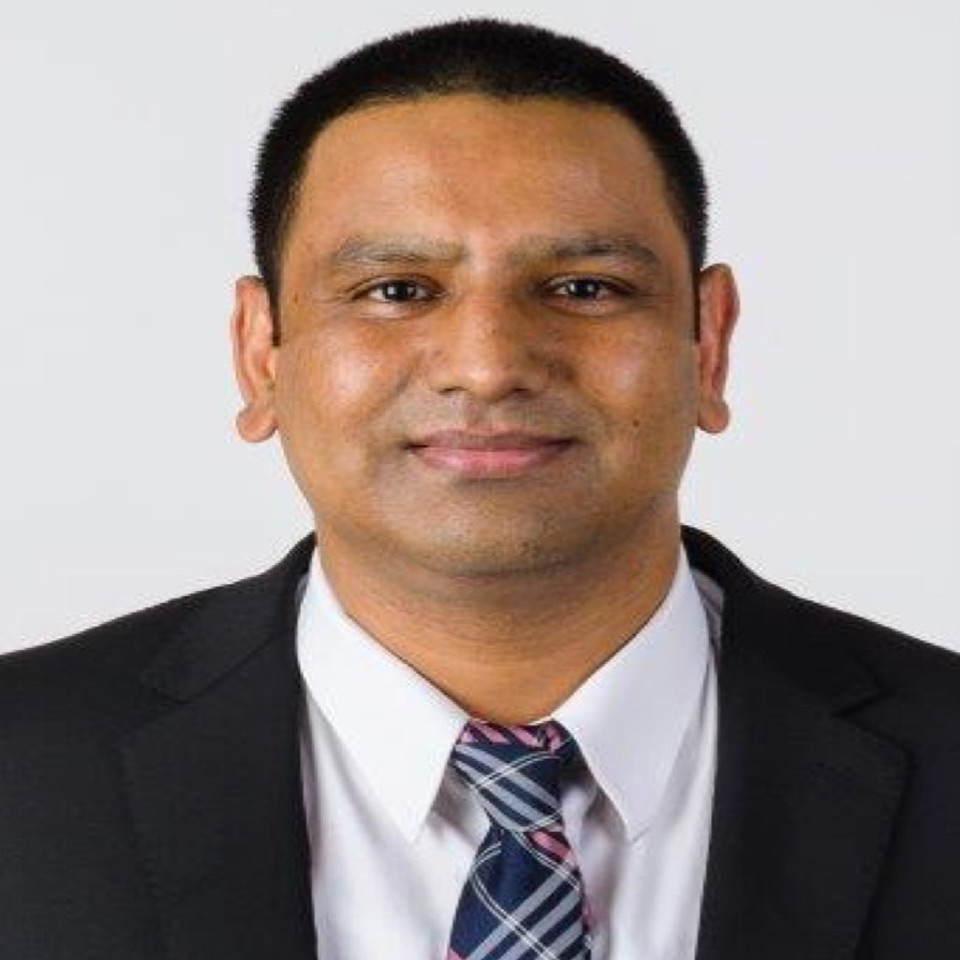Patterns of Ordering: Sudden Cooling of Liquids to Form Textured Crystals
Abstract
The discussion will focus on phase transitions, or spontaneous ordering of interacting atoms, on cooling below a transition temperature. Then will show pictures of how sudden cooling of liquids below the crystallization temperature, results in oriented patterns of Domain Walls, that separate domains of competing crystal structures. And how this spontaneous pattern formation can be theoretically understood, through the thermodynamic mantra: Do whatever lowers the Free Energy.

*Prof. Subodh R. Shenoy is a condensed matter physicist currently working as a Visiting Professor of Physics at TIFR Center for Interdisciplinary Sciences, India. Prof. Shenoy is an elected fellow of the Indian Academy of Sciences. He is recepient of numerous prestigious science awards including Shanti Swarup Bhatnagar Prize for Science and Technology, one of the highest Indian science awards, for his contribution in physical sciences in 1992. He did his B.Sc in Physics at the University of London, and his PhD at Yale University. After a return to India, he has been at TIFR Bombay; the Institute of Physics, Bhubaneswar; the University of Hyderabad; the International Centre for Theoretical Physics, Trieste, and IISER Trivandrum. His interests over the past few decades includes a broad canvas of theoretical condensed matter and statistical mechanics.
Date: 26 May, 2018
12 Jestha, 2075




